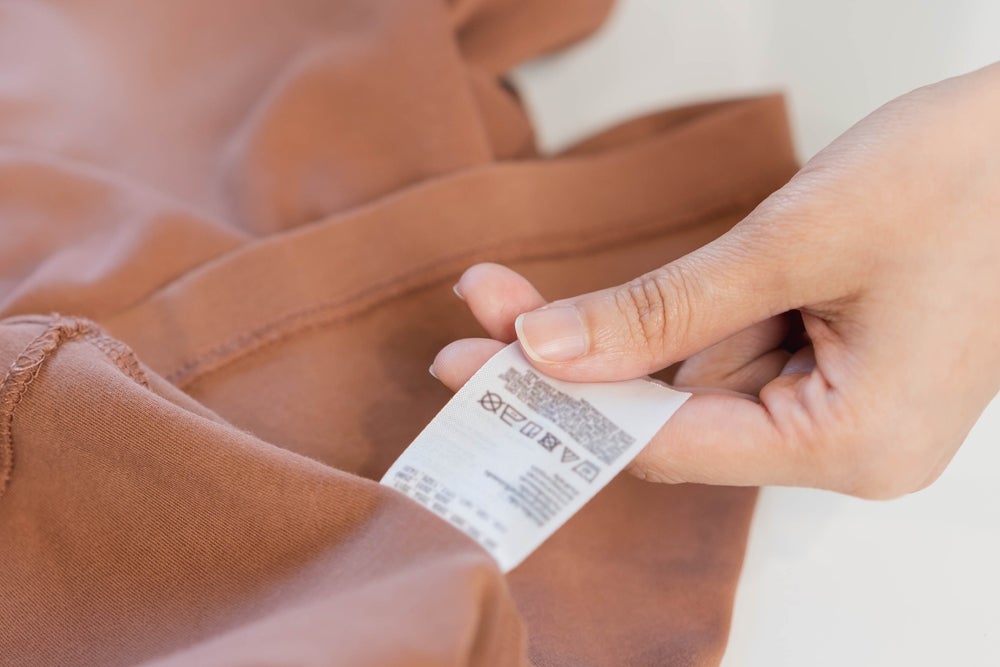
The letter signed by AAFA, IAF and other signatories represents apparel and related sectors, including stakeholders, as well as those working to advance sustainability, circularity and authentic solutions.
AAFA shared the industry estimates pointing out that, collectively, labelling requirements result in the annual production of approximately 5.7 million miles (about 9.2 million km) of label tape – enough to stretch from the earth to the moon, and back, twelve times each year.
The organisations argue that digital solutions – such as QR code labels – are now available to cut the considerable amount of material that these regulations require the industry to produce.
The letter states: “Shifting to the use of digital labels would significantly reduce labelling waste and significantly aid in decarbonisation efforts, resulting in the elimination of at least 343,000 MT of CO2e from industry supply chains. With greater demand for more traceability, transparency, and accountability from all stakeholders in the industry’s global value chain, it is time for supranational, national and local authorities to act and update these outdated, inflexible, and complex labelling requirements and empower their consumers with more accessible information through greener e-labelling now.”
AAFA president and CEO Steve Lamar highlights the endless opportunities the digital realm has in store, saying that consumers today want “more information and less waste” when it comes to buying clothes and other products.
He continues: “We need the Federal Trade Commission, and sister agencies around the globe, to update their rules to give companies the option to meet labelling standards using digital means. Purchasers will gain access to more detailed and accurate information about the textiles, garments, footwear, and related accessories they are considering buying, such as more in-depth materials and origin information. It also unlocks more information throughout the garment’s lifecycle, including details about resale, repair, rental, upcycling, or recycling. This is one tool for a more responsible and agile global industry.”

US Tariffs are shifting - will you react or anticipate?
Don’t let policy changes catch you off guard. Stay proactive with real-time data and expert analysis.
By GlobalDataIAF secretary general, Matthijs Crietee, says: “It is crystal clear we need to progress to digital labelling for apparel and footwear. The global environment needs it, the industry wants it, and consumers are expecting it. A patchwork of often very old-fashioned legislation across the world is blocking the logical path to modern garment and footwear labelling. There is no alternative to full global industry collaboration and coordination to remove these roadblocks to achieve digital labelling faster.”
In fact, the organisations also wrote that with greater demand for more traceability, transparency, and accountability from all stakeholders in the industry’s global value chain, it was time for the industry to make a sustainable switch.
Furthering their efforts towards circularity, digital labelling will be one of the many topics being covered at IAF’s 38th World Fashion Convention.
This convention will be held together with the Sewn Products Equipment & Suppliers of the Americas (SPESA) in Philadelphia, Pennsylvania 22-25 October this year for the first time in more than two decades.
In addition to this, AAFA simultaneously wrote to the US government for reauthorisation of the Haitian Acts HOPE/HELP and extension of the African Growth and Opportunities Act (AGOA).



